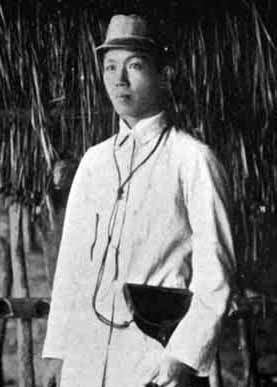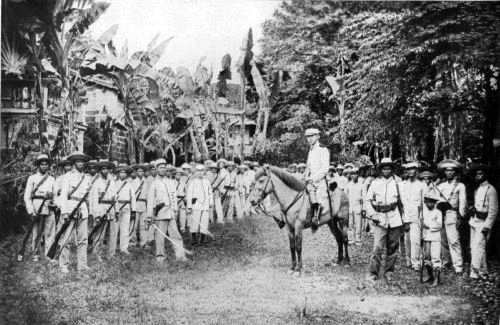Once a foremost world power, Spain lost to the United States in the Spanish-American War of 1898 and ceded its colonies Cuba, Guam, Puerto Rico, and the Philippines. Along with the fall of the Spanish navy under the U.S. forces in Manila Bay, Emilio Aguinaldo declared that the Philippines was finally free after three centuries of being under Spanish rule and proclaimed the establishment of the Philippine Republic.
Yet, the United States had the opposite in mind, deeming that the Philippines is better off to remain as their protectorate or colony, and citing that the Filipinos aren’t capable of governing themselves. The Filipino people soon realized that their allies turned out to be foes, who are denying them their long-desired freedom. As such, tension between the two forces inevitable.
The Philippine-American War formally broke out on the evening of February 4, 1899, after Private William Grayson opened the first fire at a group of Filipinos, walking in his direction. The event resulted in armed response, furthermore, in a bloody war, which involved 19,000 American soldiers and 15,000 Filipino militiamen. It ensured until November 1899, but U.S. forces quickly overwhelmed the Filipinos on the battlefield, given the former’s advanced mobile artillery, superior firepower, and better command of the sea.
The second phase of the war started in November 1899 when Aguinaldo and his army were pushed further into central Luzon. Aguinaldo realized that they had no chances going one on one against America’s military unit, and advised his troops to go for a guerilla warfare strategy.
While far more effective, it is the time when the war became more bloody, resulting in massacres, ambushes, and reckoning from both sides. Villages along the area of conflict were destroyed, and many civilians were killed during the onslaughts. Otherwise, died because of diseases and hunger.
On March 23, 1901, Aguinaldo was captured in his secret headquarters in Palanan, in the mountainous Isabela Province. Organized opposition from his troops soon dwindled and by the spring of 1902, the majority of the armed resistance had come to an end.
President Theodore Roosevelt proclaimed the end of the war on July 4, 1902, the U.S. Independence Day, and granted amnesty to all Filipinos who became part of the war. But despite the hostility’s official end, new uprisings were launched in Luzon and the southern islands, and battles lasted for another decade.
Though the war was short-lived and was lesser known than the wars entered by the United States, there are many lessons to take from the significant event. In the battle between imperialism and nationalism, it can be derived that not all easily won can quickly be subdued. American forces’ victory against Spain came swiftly and with little effort and bloodshed, but conquering the smaller Philippines turned to be far more challenging.
The Filipino people fought for their liberation even if they had inferior weaponry and even attempted to wage the U.S. military’s advantage by opting for a guerilla strategy, proving what love for the country is capable of. And, while they have lost the war, the Filipinos proved the power of a population brimmed with the spirit and thirst for independence.




